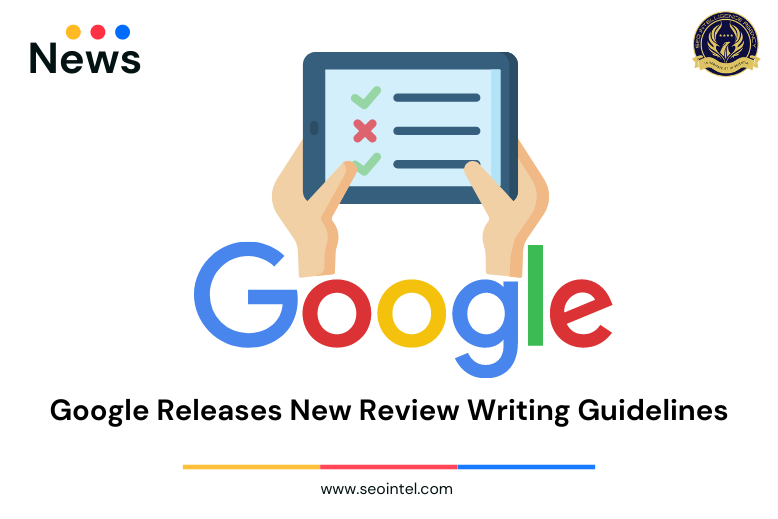
In preparation for the March 2022 product algorithm improvement, Google has issued new guidelines for writing reviews, which will ensure that they meet the search engine’s quality level.
When writing product reviews, Google recommends that you include helpful in-depth information, such as a product’s merits and downsides, as well as insights into how it operates or changes from previous versions. Come from people who have tried the products and can show you what they look like and how they work.
Also, include information that isn’t provided by the maker, such as photos, audio, or links to other content that details the reviewer’s experience. Finally, compare and contrast products, or explain how a product differs from its competitors.
It hasn’t always been apparent if the first product algorithm update applies to reviews of single products or reviews with lists of numerous products since its inception.
The product review improvements, according to Google, apply to ranking lists and comparison reviews.
“Yes. All types of review content are affected by the product review modifications. The best practices we’ve discussed apply here as well. Because ranked lists are shorter, you may wish to display expertise and reaffirm authenticity more concisely. Citing relevant results and presenting real photographs from product evaluations can be effective ways to do this.”
If a user is writing a review of several goods to recommend the “best” product in the end, Google provides some further advice that is to make sure to mention the following details in your review: What distinguishes the product from others on the market? What makes the product so well-suited to the task at hand? Evidence from the field to back up your assertions.
Google says it’s fine to write evaluations for individual products, even if they’ve already been evaluated in a ranked list.